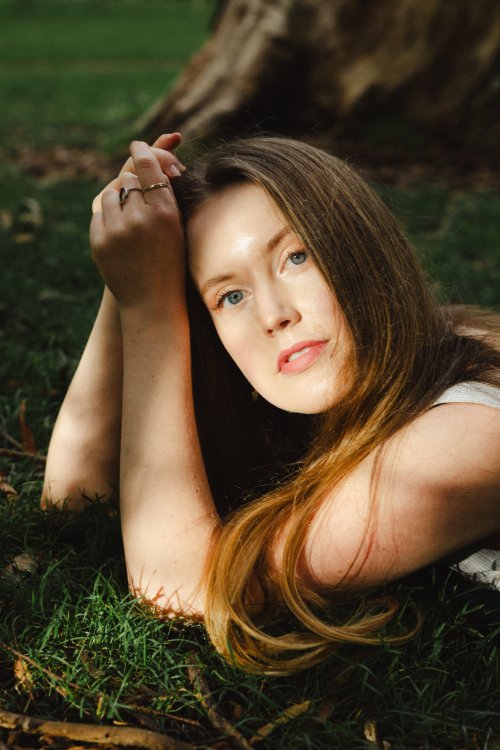For his fourth album Marlon Williams (Ngāi Tahu, Ngāi Tai) draws on his whakapapa, traditional and modern waiata, showbands, antipodean Country & Western, Rock’n’Roll and good ol’ Roots music and blends it with his own musical diversities to give us an album, appropriately labelled ‘Te Whare Tīwekaweka’ (‘Messy House’) sung completely in te reo Māori.
Now, over fifteen years into a career, Williams’s music has explored many and various genres. Listen to early music and you’ll hear flawless Hank Williams crooning morphed into his own signature soul songs like “Dark Child,” “What’s Chasing You,” and more recently, “My Boy”.
Ever the troubadour and thespian Williams, now based in Melbourne, has toured with The Eagles and Springsteen, appeared at the Newport Folk Festival and Austin City Limits, and even found time to appear in high profile movies like ‘The Beautiful Lie’, ‘A Star Is Born’ and ‘Sweet Tooth’.
However, more recently, he’s has taken the time to explore his Māori whakapapa and heritage, with the whakatauki “Ko te reo Māori, he matapihi ki te ao Māori” (“The Māori language is a window to the Māori world”) guiding his creative waka.
And as we’ve found in the new album’s dazzling singles, “Aua Atu Rā,” “Rere Mai Ngā Rau,” and “Kāhore He Manu E” (featuring Lorde), he’s created a taonga we can all own and be proud of.
Always on the move, it was during Lockdown that Williams finally found a moment to take stock of his life. He began a five year journey, a period of reflectiveness and soul-searching. Whilst he’d always sung in te reo Māori, writing and expressing himself in that language was newer. To help him, he collaborated with Ōhinehou based rapper and songwriter KOMMI (Kommi Tamati-Elliffe – Kāi Tahu, Te-Āti-Awa) and engaged long-time partners in crime, touring band The Yarra Benders, the He Waka Kōtuia singers, co-producer Mark “Merk” Perkins, Lorde (Ella Yelich-O’Connor), and members of his ‘recording hometown’ community of Ōhinehou (Lyttelton).
More of the making of this album and William’s journey will be revealed in an intimate new documentary: ‘Ngā Ao E Rua – Two Worlds’, out on 1 May. The film is directed by Ursula Grace Williams, which documents his life from early days as a budding musician at the tender age of 15 year to the present day – exploring the boy, the man, the musical ambassador and his own cultural journey.
Connection lies at the heart of ‘Te Whare Tiekaweka’, says Williams in the liner notes. And that there’s a sense of homecoming, expressed in the music and on the cover with art created by his mother, artist Jennifer Rendall, from a drawing made when she was pregnant with Marlon. In that sense, this album is a rounding off and a definite return.
Williams acknowledges where he stands, between the Pakeha and Māori worlds, in the opening lines of the waiata, ‘E Mawehe ana Au’.
E mawehe ana au ki ngā ao e rua
E noho nei, e tiro ana
Ki ao kē, ki ao kē
Whakawhānuitia te ango
I am split between two worlds
Sitting here, looking there,
Another world, another world,
The chasm grows wider
This a capella track opens the album. I can’t help recognizing the depth of feeling in the lines ‘The chasm grows wider’, which seem to somehow sums up these past months of tension in our political scene with the protests and hikoi and now, thankfully, the rejection of the Treaty Principles Bill. I know Williams was speaking more about finding his own connection. Yet it shows how prosaic such lines can be if you apply them to the modern context. But you can’t deny the ‘messy house’ he speaks of refers to the cultural baggage we’ve all strewn across our history and identity.
Whether tangata choose to think deeply or simply glide their ears across these waiata will depend on their own personal learning journeys of te reo Māori. I know for me it was an absolute delight to hear Marlon’s beautiful baritone vocals, smoothly sail across these waiata as if they have always been with us.
‘Kei Te Mārama’, in particular stands out with some spine tingly layered harmonies. harmoniously layered vocals. And the lines are beautifully poetic. As much whakataukī in places:
Waihora toro atu tai ki tai
He tirohanga atu, tē tiro mai,
Kia kauawhitia tōu ara tātai!
Ko whakamāmā ō taumatahanga i?
Lake Waihora* reaches from shore to shore
But vision only goes in one direction
Take your destiny upon yourself!
Isn’t it nice to come to this resting place?
(*Lake Elsmere)
The lines that follow intrigued me, too:
Ka haria atu aku mea
Waiho kī i te tepu ē
Haere ki te ako hītori
I’ve taken all my things
The keys are on the table
I’m off to study history
You definitely get the sense that William’s quest for knowledge and understanding of the past is unfolding in revelations throughout this album. The references to ‘Waihora’, or ‘wai’ – water – and ‘hora’ – spreading, as in knowledge and wider understanding. It’s yet one of many beautiful images woven into these waiata, throughout the album.
Another goose pimple moment comes in on ‘Aua Atu Rā’, which swings like a fabulous 50’s crooner and you are instantly transported back to the days of the Māori Volcanics and Prince Tui Teka. There is a hint of Bill Sevisi in there, too, with snippets of a Hawaiian style steel guitar twanging along.
The video is interesting, too. Williams sits on a shrink’s couch and then later the same his therapist watches from the beach as Williams on his couch floats out into the harbour, and then, miraculously, appears on stage. The images juxtapose a feeling of existential solitude with the very public presence of an artist. Identity is defined and examined and challenged. Is this Williams examining his place as he floats between the Māori and Pakeha worlds?
Ko au anake
Ki te waka,
Ki te moana
Kāore kau he matangi
Kāore he aha nei
I am alone
in this boat,
on the ocean
There is not a trace of wind
No, none at all
I recently read Williams speaking of the influence of educator and songwriter Hirini Melbourne (Tūhoe, Ngāti Kahungunu) who was passionate about bringing Te ao Māori [the Māori world] to people in a straightforward way, often in songs children could sing in te reo Māori about the natural world around us.
He would bring in elements of our colonial culture such as Scottish music, balladeering, melodies, and instrumentations.
So, it’s not a stretch to find Williams writing in a very similar way. He’s not only referencing historical New Zealand country musicians like Tex Morton or John Hore Grenell. For Williams, there’s something of a throughline from popular singers like Mr Lee Grant, Sir Howard Morrison, John Rowles, Dean Waretini, and of course his own early idols Elvis and Roy Orbison to this music he makes today.
Indeed many of these tunes aptly fit the showband ‘mold’. And if you think about it much of indigenous music around the globe found favour when it was shaped into material performed by showbands. That’s true even today, as you’ll know if you’ve attended WOMAD recently.
And just in the same way, much of Māori music is communal, that’s to be expected. Everyone joins in. If Williams set out to write the perfect kapa haka song, then that would have to be ‘Korero Māori’. It’s instantly recognisable in form and function. A call and response waiata, and action song that I guarantee all future tāmariki will be singing in assemblies up and down the motu.
Hope
Ki raro
Hope
Paiahahā!
Hands on hips
Hands down
Hands on hips
Attention!
Williams can sometimes disappear into delicate beauty, as he does on the cinematics of ‘Ko Tēnā Ua’, simple in structure, highlighting the reo and also the wonderful bass. I imagine a drone shot across a ravine or a river, strong, powerful majestic, yet silent.
I almost laughed out loud when I heard ‘Whakameatia Mai’, which is delivered in pure 50’s bluegrass fashion as if Johnny Tahu Cooper (The Māori Cowboy) or the Morrison Quartet were in the house.
By comparison, ‘Ngā Ara Aroha’ aches of longing, in that delicious way Williams commands to soul to tingle in response. It’s a rich and atmospheric listen but it feels like a revelation of a darker depression, when we are rejected. The song speaks of a motu on the move, the dangers of even the wisest people, even a chief, wandering into the underworld (the darkness). Love can do this, if we are not careful. The final lines are a resignation:
Mate i te mokemoke
Pō neke mai
Koia nei, koia nā
Ngā ara aroha
Sick with loneliness
I go about in the night
It is that indeed,
The ways of love
‘Huri Te Whenua’ (featuring KOMMI) has a slightly gospel theme to it. KOMMI provides spoken words over a repeating chorus.
‘Kuru Pounamu’ begins solemnly, and builds intensely. At one time, Williams toured with Springsteen. This one would definitely fit nicely into the Boss’s set, all the same. Perhaps between ‘Thunder Road’ and ‘Born To Run’.
As a return favour for his contributions to her own te reo Māori e.p., ‘Te Ao Mārama’, long time friend Lorde helps out on the duet (and single) ‘Kāhore He Manu E’ a reflective piano piece, a record that donated proceeds to Forest and Bird and the Te Hua Kawariki Charitable Trust. Ella’s distinct phrasing works in perfect concert with Williams, making listening an easy effort.
This is by far one f the most poetic waiata, with opening lines such that suggest a certain fragility of the heart:
Kāhore he manu e kakapa i roto rā
Me he manu koe hoki, rere atu ki wawā
(There is not) a bird that quivers within me
You too are a bird, flying off somewhere
‘Pānaki’ holds together on simple guitar chords that resonate like the lines of a haka, yet more gentle.
The video for ‘Rere Mai Ngā Rau‘ draws takes its cue from ’90s hip-hop, with a showcase of local talents. Led by a grooving Māori strum, this is yet another highlight. An earworm that’s both ancient and modern. The lyrics encourage learning:
Taihoa e haere, kia tūtū te puna
Taihoa e haere, kia tūtū te puna
Arrest your departure, fill up the wellspring
Arrest your departure, fill up the wellspring
Finally yielding to Country and Western, complete with steel guitar twang, ‘Pōkaia Rā Te Marama’ completes the album with a fantastic sing along, which will truly be a memorable finis to all the concerts planned on his upcoming tour. In fine voice once again, He Waka Kōtuia singers provide harmonies that make the hairs on the back of your neck stand up. A perfect finish.
Just released, this album has already hit the top of the charts. There’s a good reason for that. This is a truly brilliant album. Not only because it’s in Te Reo Māori. Every song is better than the last. I could have just done the highlights here. But I simply can’t choose one over the other.
This film promises to illustrate the intricate connections between his roles as a musician, actor, son, and cultural ambassador.
‘Te Whare Tīwekaweka’ is an opportunity for Williams redefine and reclaims his heritage and find himself, immersing in the Māori world, tikanga and te reo and waiata, crafting an exquisite modern classic along the way. The album speaks to a generation that chooses to explore our recent past without fear or prejudices, and a real desire to embrace our melded cultural landscape – bridging the traditional with the modern.
There is a line or two in ‘Kei te Mārama’ that best sums it up:
Kua whāiro atu ē
Paku tohu i a koe
I te mutunga āu tuke
Kei te mārama, kei te mārama
I’ve noticed
Little signals from you
Gentle nudges towards the end
I understand, I understand
Related Acts:
About the author Tim Gruar

Tim Gruar – writer, music journalist and photographer Champion of music Aotearoa! New bands, great bands, everyone of them! I write, review and interview and love meeting new musicians and re-uniting with older friends. I’ve been at this for over 30 years. So, hopefully I’ve picked up a thing or two along the way. Worked with www.ambientlight.com, 13th Floor.co.nz, NZ Musician, Rip It Up, Groove Guide, Salient, Access Radio, Radio Active, groovefm.co.nz, groovebookreport.blogspot.com, audioculture.co.nz Website: www.freshthinking.net.nz / Insta @CoffeeBar_Kid / Email [email protected]
More by Tim Gruar
Gig Review: Supergroove @ The Opera House, Wellington – 11/04/2025
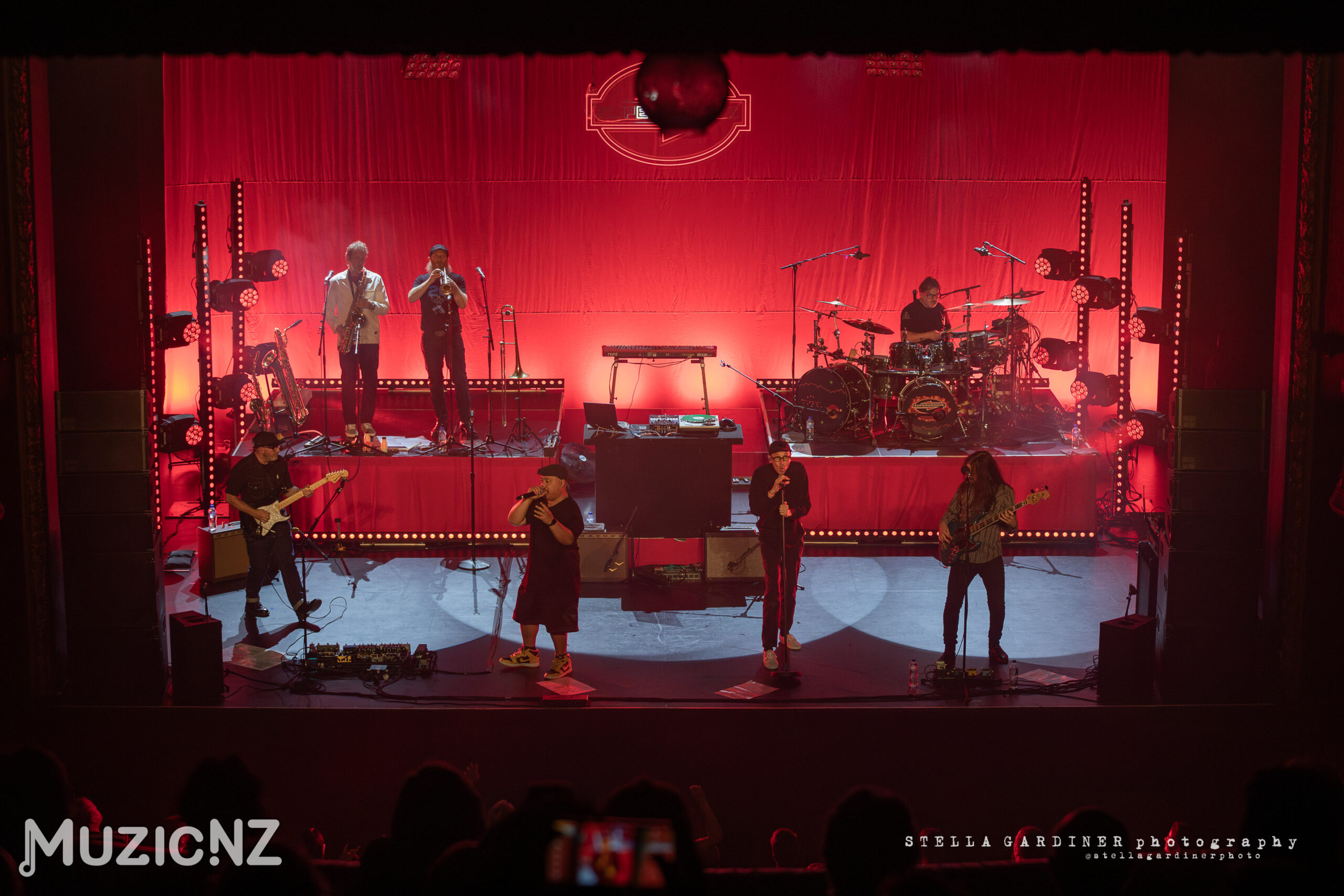
Album Review: Certain Death
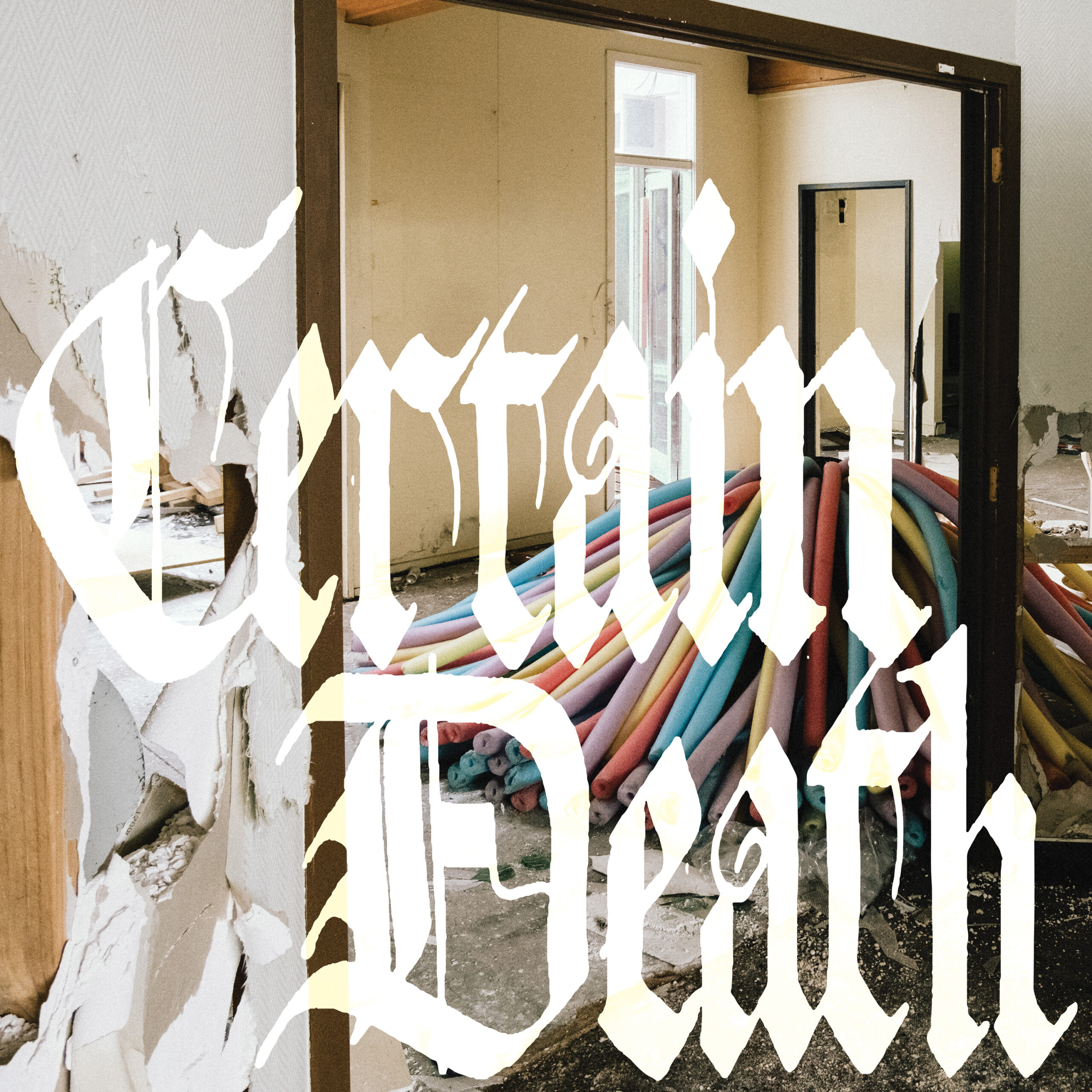
Festival Review: CubaDupa Part 2 @ Wellington – Saturday 29/03/2025
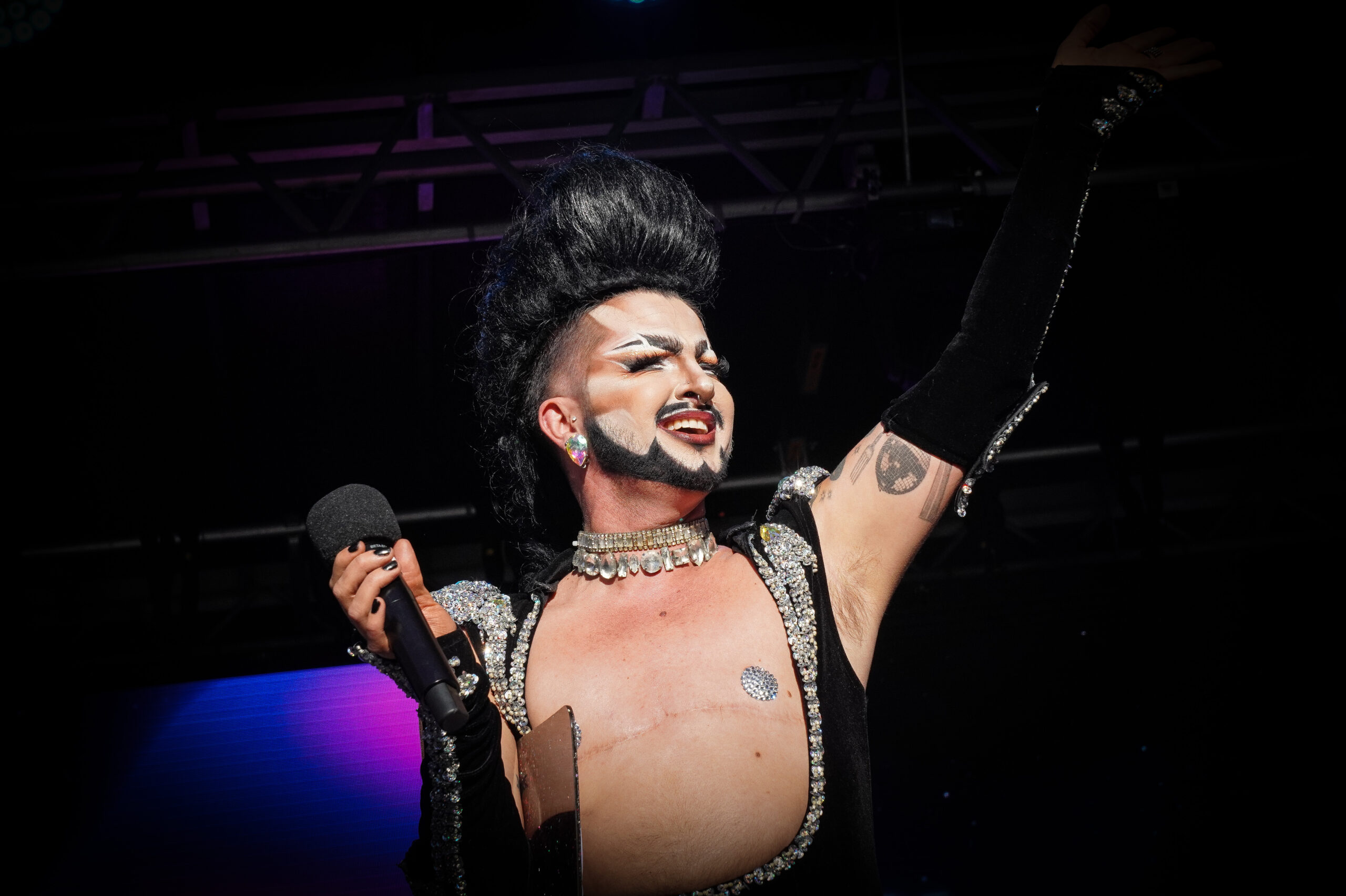
Gig Review: Stellar* @ Old St Paul”s, Wellington – 30/03/2025
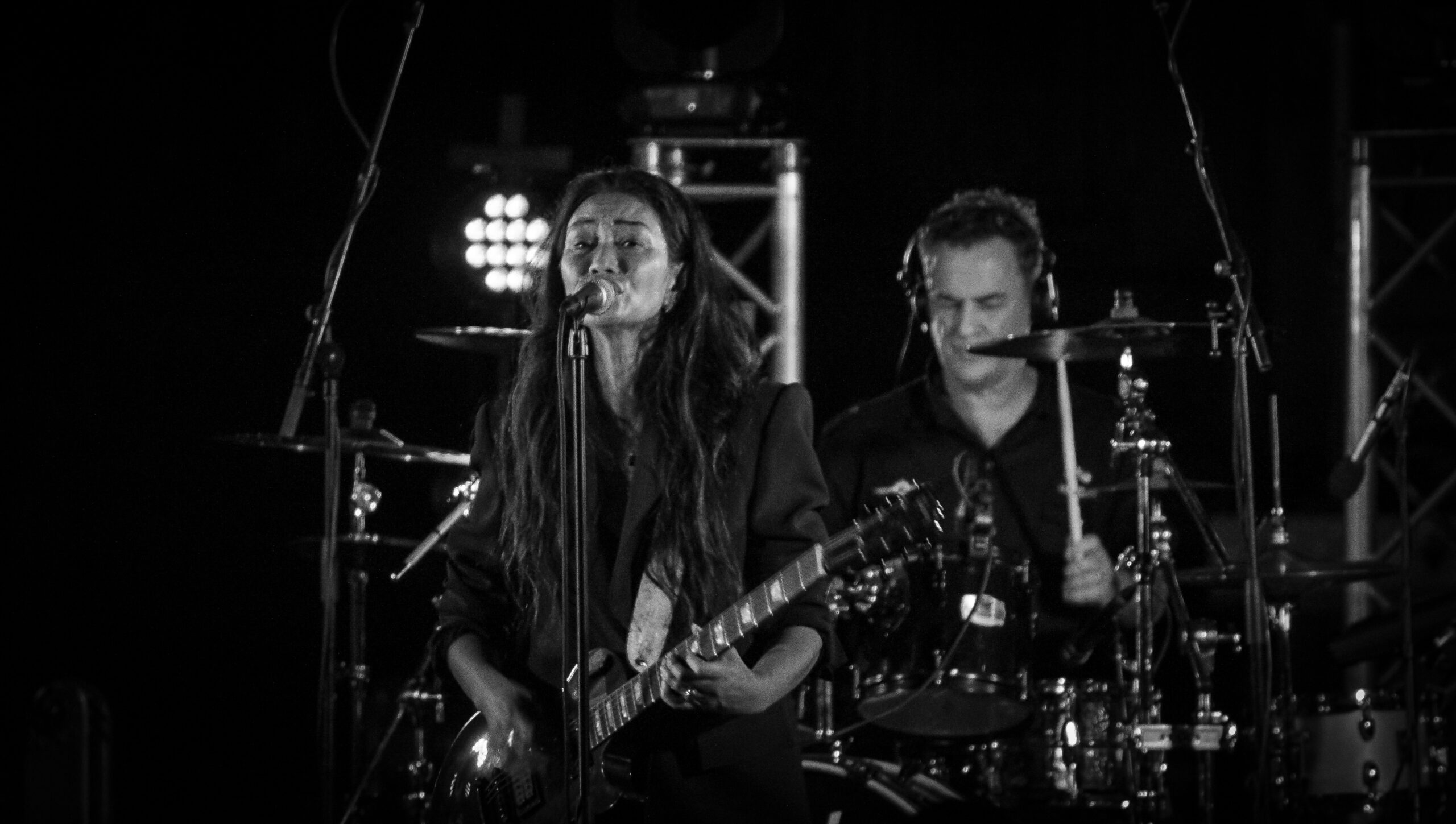
Gig Review: The Veils @ Meow Nui, Wellington – 22/03/2025
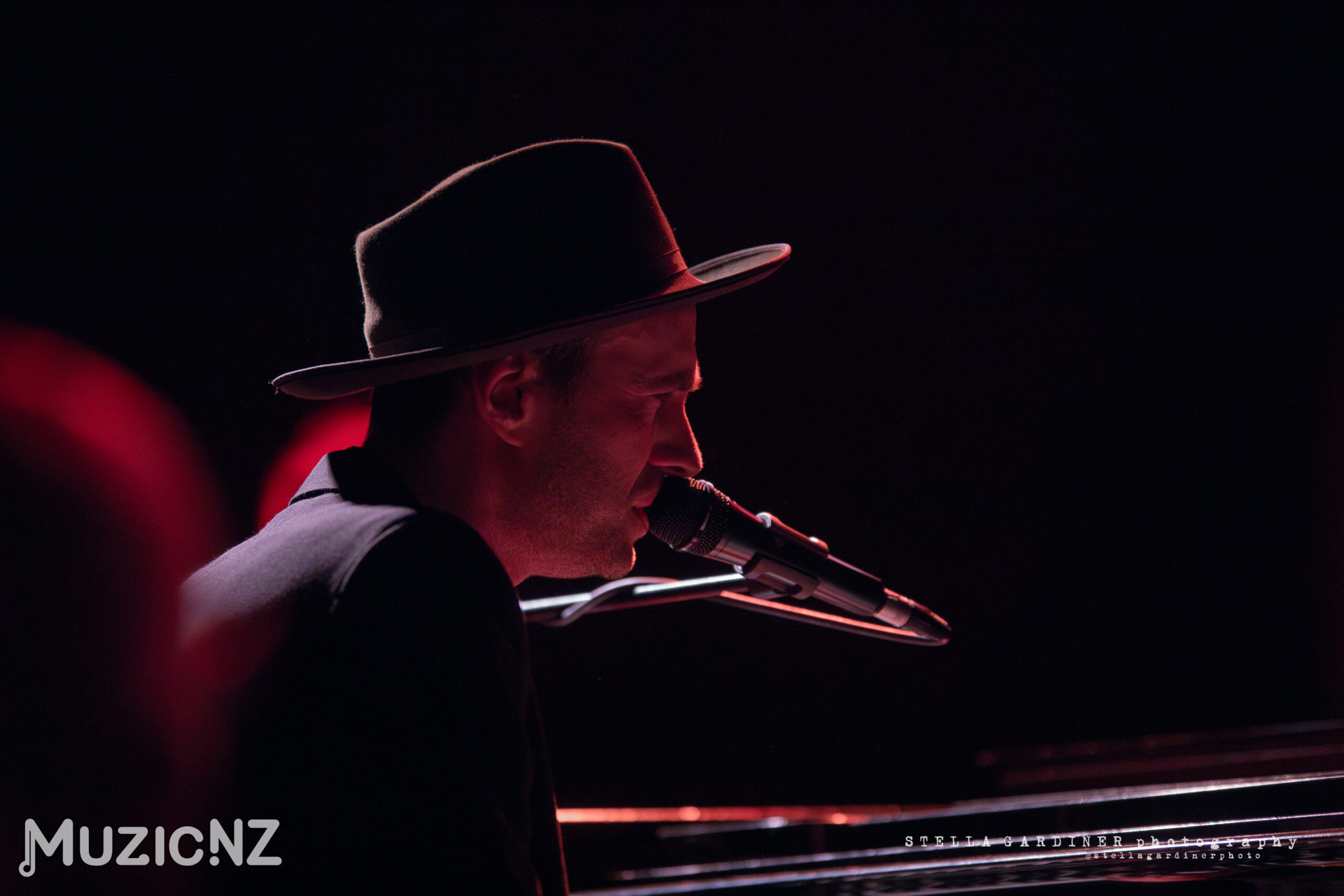
Festival Review: WOMAD Aotearoa 2025 @ Brooklands Park, New Plymouth – March 2025
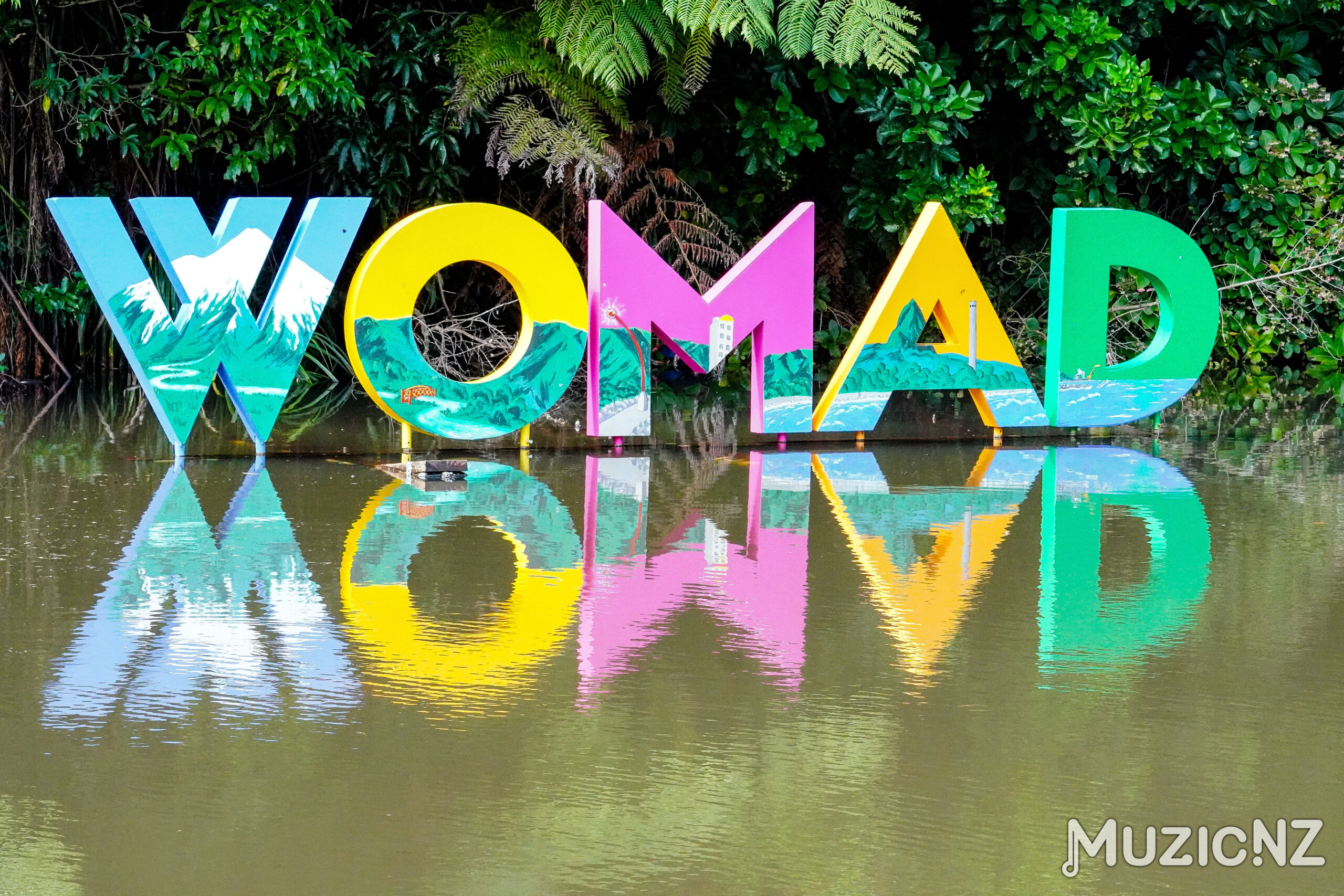
EP Review: New Tomorrows
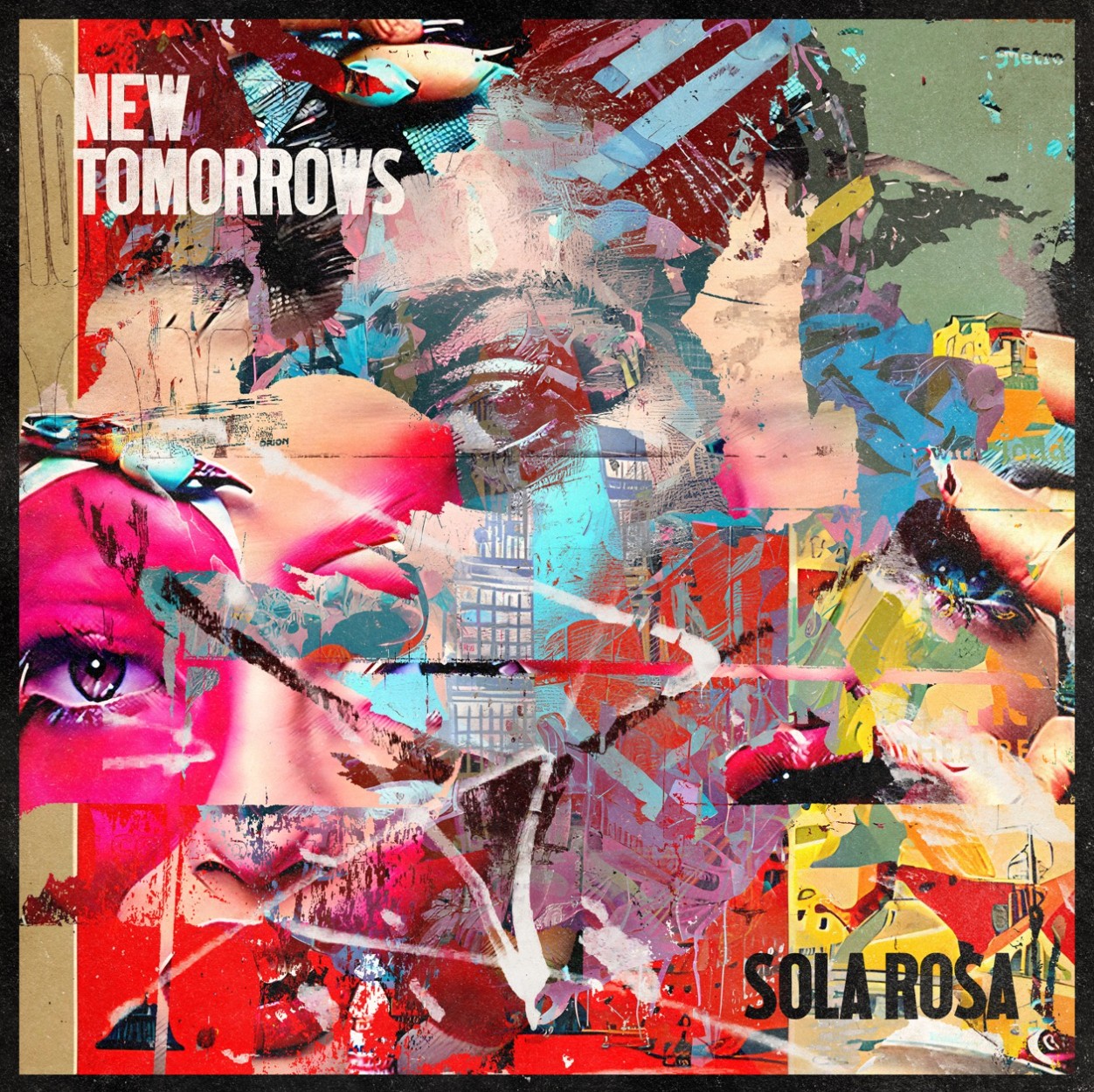
EP Review: Bidibids
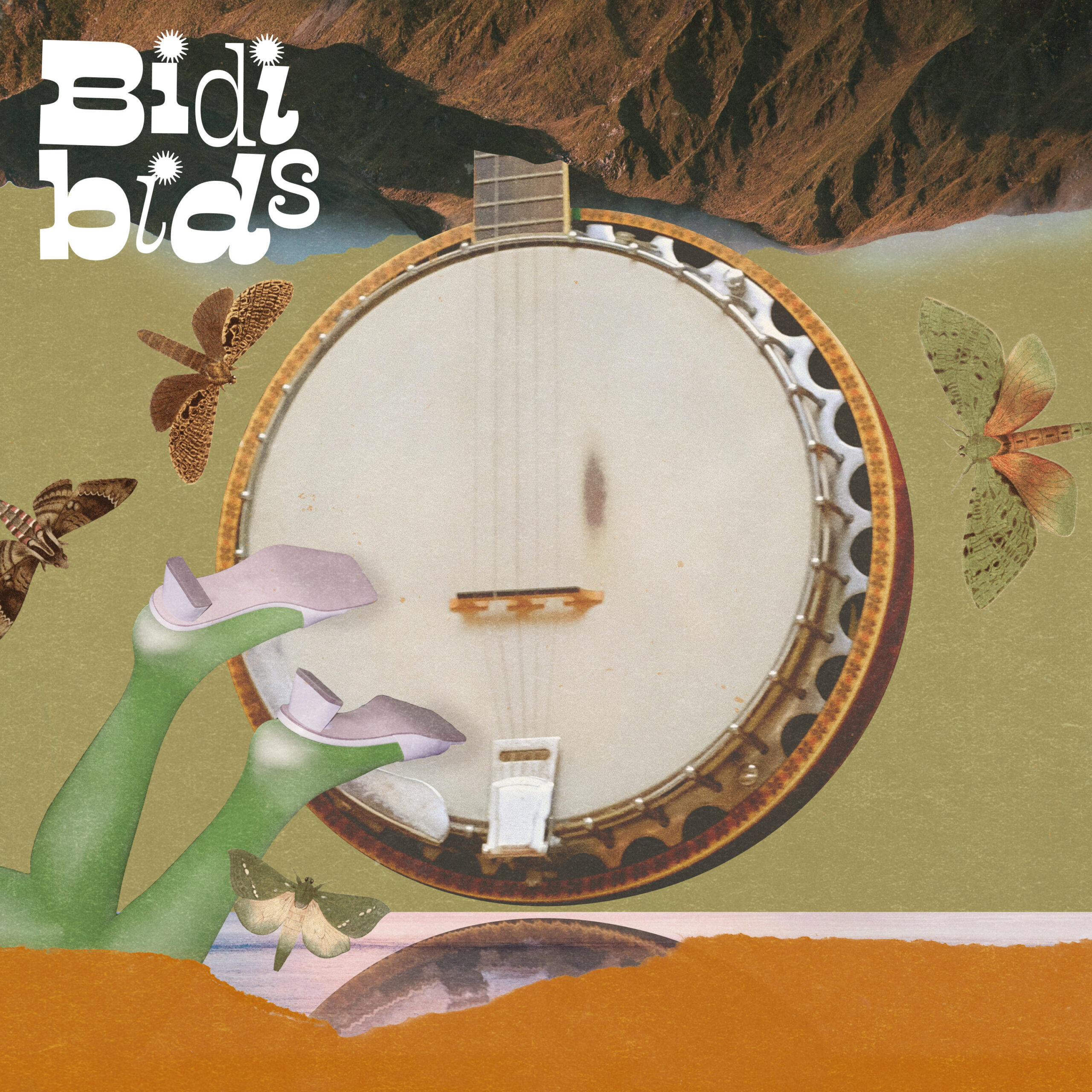
EP Review: Blueprint
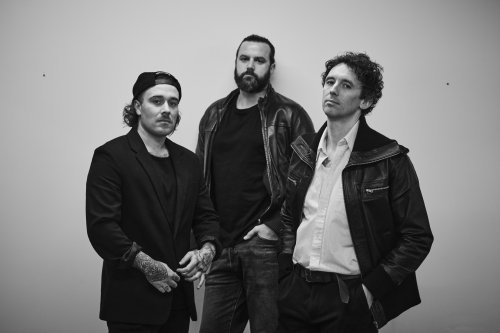
Gig Review: The Phoenix Foundation @ Meow Nui, Wellington – 14/12/2024
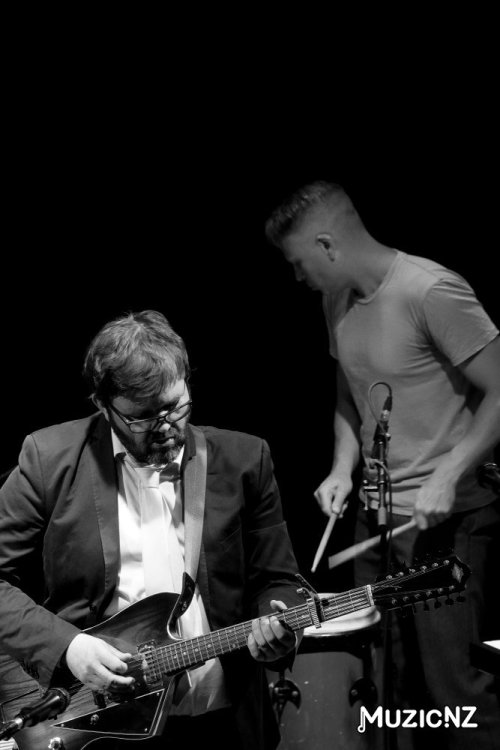
Gig Review: Wiri Donna @ San Fran, Wellington – 6/12/2024
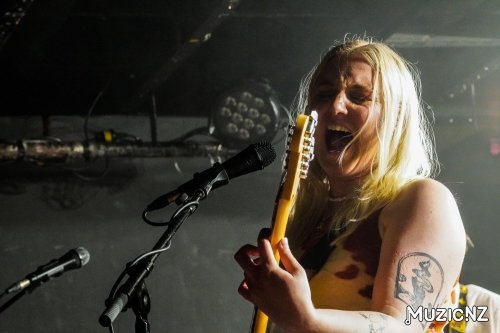
EP Review: Wasted/Our Time
